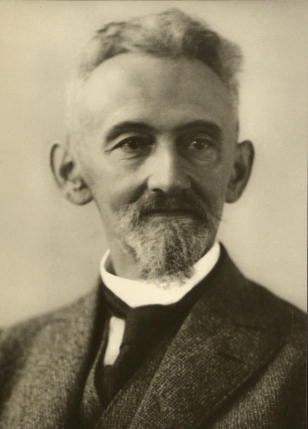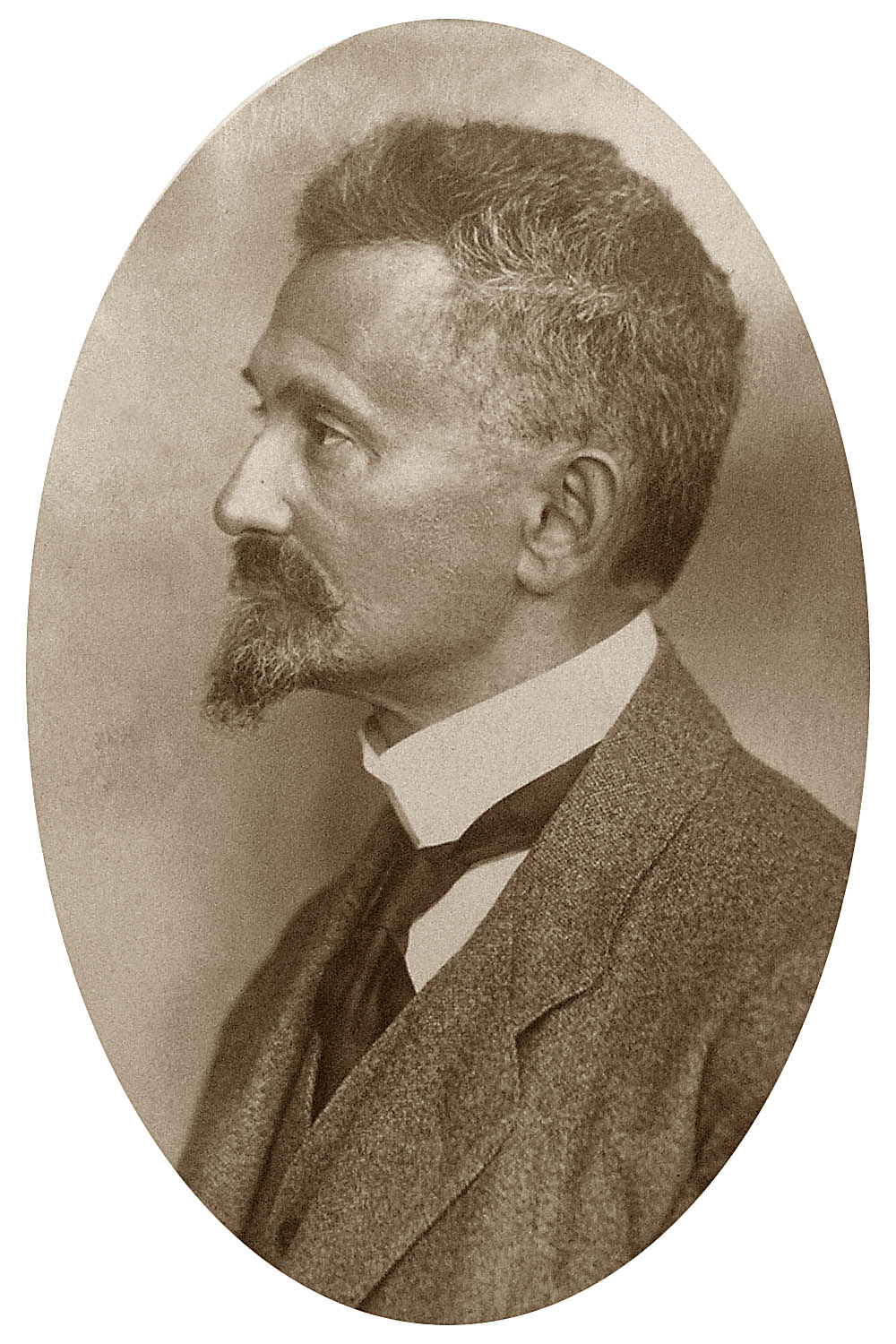<Back to Index>
- Mathematician Felix Hausdorff, 1868
- Painter Fotios Kontoglou, 1895
- King of Sweden Karl X Gustav, 1622
PAGE SPONSOR


Felix Hausdorff (November 8, 1868 – January 26, 1942) was a German mathematician who is considered to be one of the founders of modern topology and who contributed significantly to set theory, descriptive set theory, measure theory, function theory, and functional analysis.
Hausdorff studied at the University of Leipzig, obtaining his Ph.D. in 1891. He taught mathematics in Leipzig until 1910, when he became professor of mathematics at the University of Bonn. He was professor at the University of Greifswald from 1913 to 1921. He then returned to Bonn. When the Nazis came to power, Hausdorff, who was Jewish, felt that as a respected university professor he would be spared from persecution. However, his abstract mathematics was denounced as "Jewish", useless, and "un-German" and he lost his position in 1935. Though he could no longer publish in Germany, Hausdorff continued to be an active research mathematician, publishing in the Polish journal Fundamenta Mathematicae. After Kristallnacht in 1938 as persecution of Jews escalated, Hausdorff became more and more isolated. He wrote to George Polya requesting a research fellowship in the United States, but these efforts came to nothing. Finally, in 1942 when he could no longer avoid being sent to a concentration camp, Hausdorff committed suicide together with his wife, Charlotte Goldschmidt Hausdorff, and sister-in-law, Edith Goldschmidt Pappenheim, on the 26th of January. They are buried in Bonn, Germany.
Hausdorff was the first to state a generalization of Cantor's Continuum Hypothesis; his Aleph Hypothesis, which appears in his 1908 article Grundzüge einer Theorie der geordneten Mengen, and which is equivalent to what is now called the Generalized Continuum Hypothesis. In 1909, while studying partially ordered sets of real sequences, he stated what is now known as the Hausdorff Maximal Principle; he was the first to apply a maximal principle in algebra.
In his 1914 classic text, Grundzüge der Mengenlehre, he defined and studied partially ordered sets abstractly; using the Axiom of Choice, he proved that every partially ordered set has a maximal linearly ordered subset. In this same book, he axiomatized the topological concept of neighborhood and introduced the topological spaces that are now called Hausdorff spaces.
In 1914
using the Axiom of Choice,
he gave a "paradoxical" decomposition of the 2-sphere as the disjoint union of
four sets A, B, C, and Q, where Q is countable and the sets A, B, C,
and B C are mutually congruent.
This later inspired the Banach – Tarski paradoxical decomposition of
the ball in 3-space.
C are mutually congruent.
This later inspired the Banach – Tarski paradoxical decomposition of
the ball in 3-space.
He introduced the concepts now called Hausdorff measure and Hausdorff dimension, which have been useful in the theory of fractals. In analysis, he solved what is now called the Hausdorff moment problem.
Hausdorff also published philosophical and literary works under the pseudonym "Paul Mongré". "Paul Mongre" published a number of books and articles on the philosopher Friedrich Nietzsche, as well as a number of reviews of contemporary literature and drama. Mongre - Hausdorff also published a satirical play which performed in a dozen German cities. In the course of attempts to refute Nietzsche's doctrine of "the eternal return of the same," Hausdorff was led to Cantor's set theory, which set Hausdorff on the road to his set-theoretical discoveries. Hausdorff's Nietzschean philosophical writings appear in volume VII of his collected works.